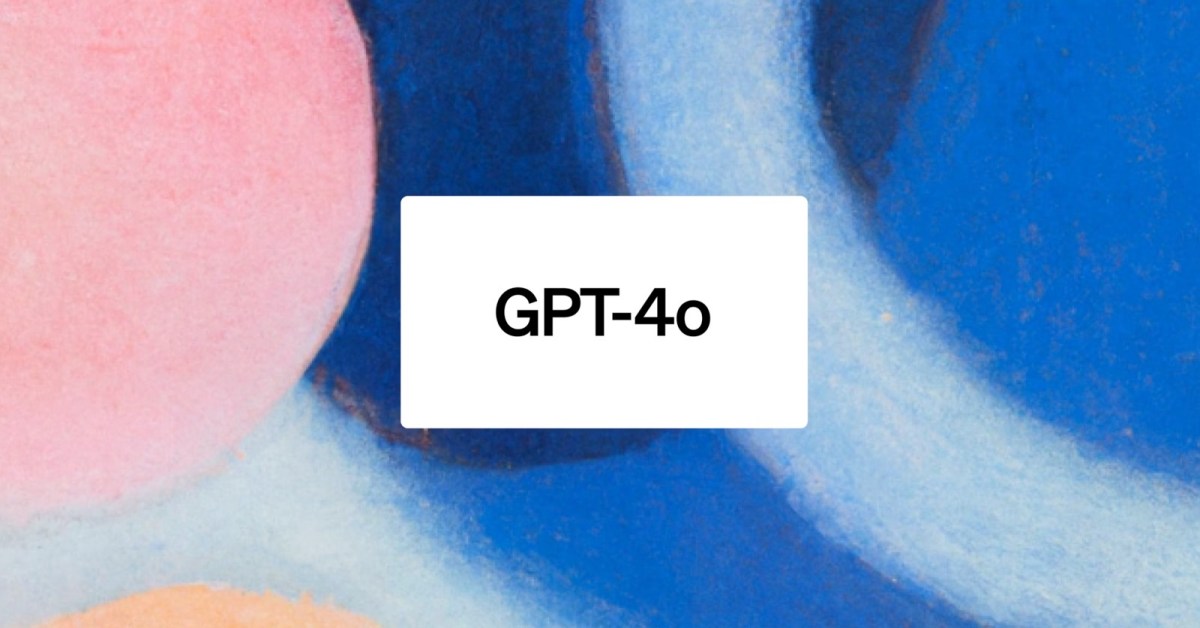Deepfake Disaster: Celebrities Caught in AI's Viral Trap

OpenAI's Latest Image Generation Technology Raises Serious Deepfake Concerns
The recent release of ChatGPT 4o's image generation capabilities has sparked widespread alarm in the tech community, revealing how alarmingly simple it has become to create sophisticated deepfake images with minimal effort.
While the technology represents a significant leap in artificial intelligence, its potential for misuse is staggering. OpenAI's current safety protocols appear frustratingly inadequate, offering what seems like a token resistance against potential digital manipulation.
The platform's rudimentary safeguards feel more like a perfunctory checkbox exercise than a genuine attempt to prevent malicious content creation. Users can easily circumvent these basic restrictions, highlighting the urgent need for more robust and intelligent content protection mechanisms.
As deepfake technology continues to evolve at a breakneck pace, the ethical implications become increasingly complex. The ability to generate hyper-realistic images with just a few prompts represents both an incredible technological achievement and a potential threat to digital authenticity.
Tech experts and digital security professionals are calling for more comprehensive regulations and advanced verification techniques to combat the growing risks associated with such powerful image generation tools.
The race is now on to develop more sophisticated detection and prevention strategies before deepfake technology becomes truly unmanageable.
